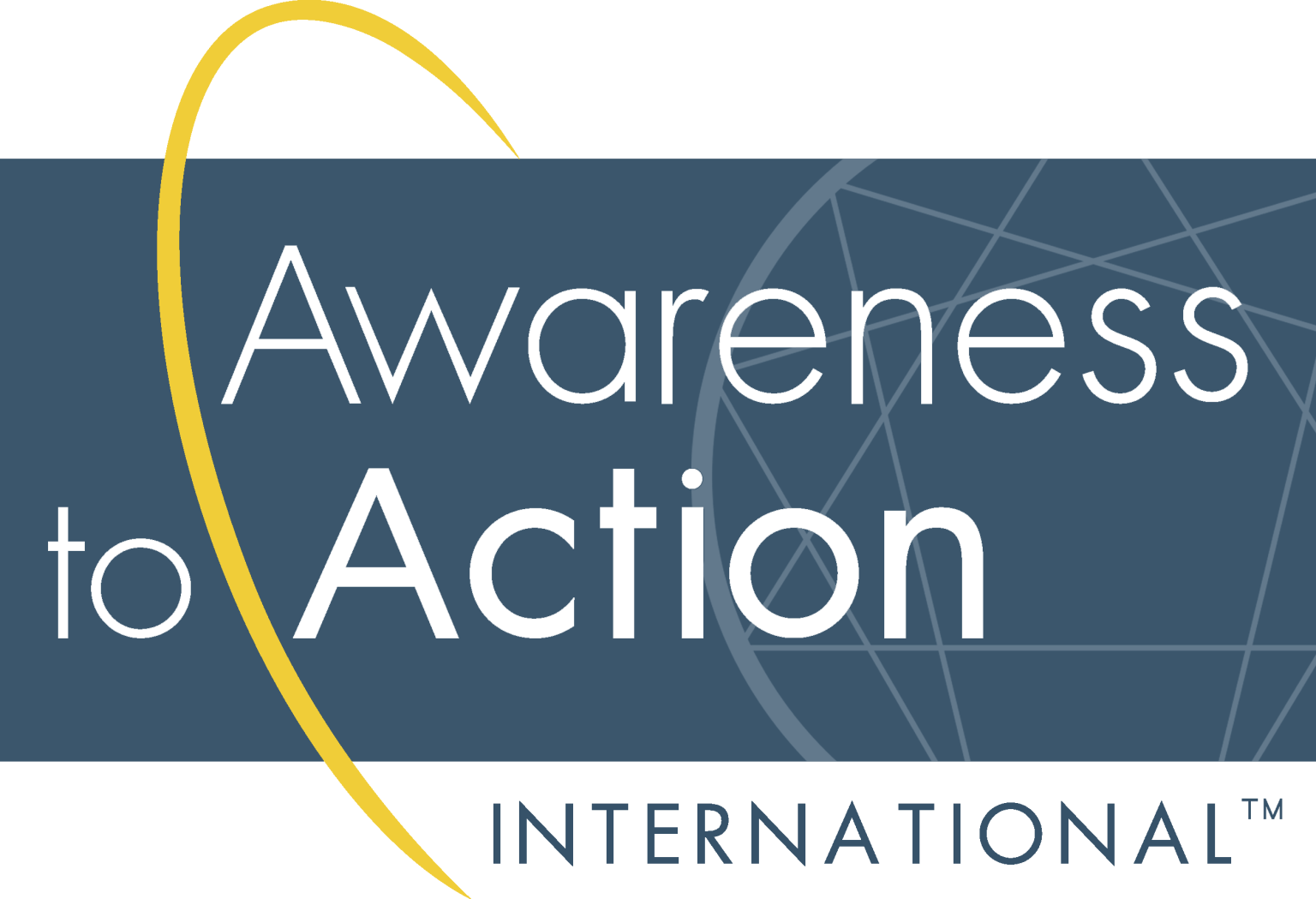It is often said that the Enneagram is rooted in ancient wisdom traditions, and these roots are often touted as one of the reasons why the Enneagram is such a powerful system for understanding ourselves and others. However, some of the philosophical assumptions underlying the traditional teaching of the Enneagram face significant challenges from more-modern philosophy and science. This article will look at some of those assumptions: essentialism (the belief that things, including humans, have an essence that is a fundamental property of the thing) and teleology (the belief that design and purpose are immanent in nature). I will explain the philosophical and scientific problems with those views, and offer an alternative perspective, methodological naturalism, that I believe not only avoids those problems but strengthens our understanding of the Enneagram and the aspects of human nature that the Enneagram addresses.
I hope this article is the beginning of a conversation in the Enneagram community, and encourage anyone interested in doing so to provide feedback and critiques of the article or ideas contained herein in the IEAs online Nine Points Magazine (www.ninepointsmagazine.org).
This may seem irrational, but Im guessing the reader also has objects that evoke similar emotional responses. We all have the abilityin fact, the tendencyto impute objects with value based on factors beyond the rational; we assume they have essential properties that we cant see or accurately explain but really believe are there.
We think this way because we are all intuitive essentialists; that is, we are all prone to believing things have some inherent, essential quality. There are two broad ways to think about essentialism: 1) the innate, intuitive, naïve essentialism that we inherit as part of our evolutionary heritage and 2) the philosophical Essentialism grounded in Plato, of believing that essential properties are a foundational component of reality and that essential ideals or forms exist in another realm.






